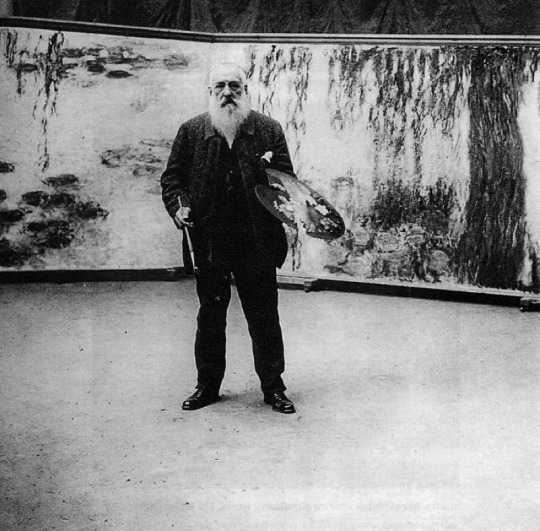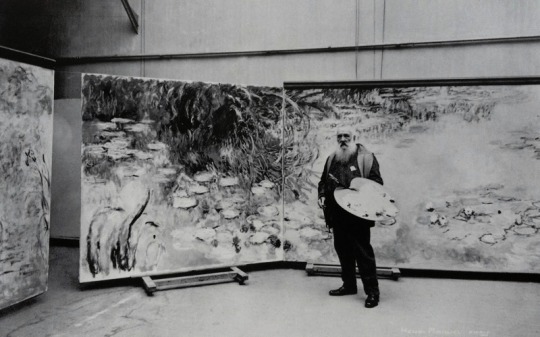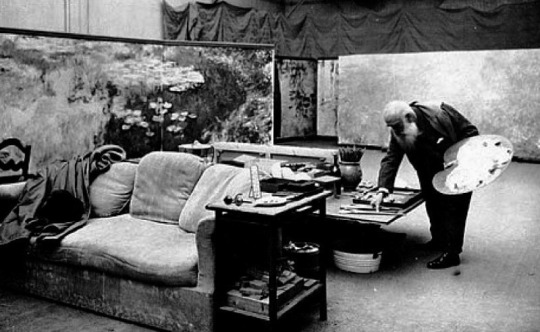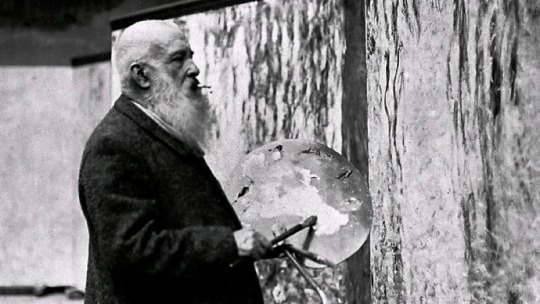Video
youtube
Venice Biennale 2013 - video, national selections
The Jury of the 55th International Art Exhibition of la Biennale di Venezia has decided to award Golden Lion for Best National Participation to Angola, Luanda, Encyclopedic City by Edson Chagas. Here you can see a video representation of Angola as well as those of others so far uploaded.
Biennale Arte 2013 - Angola
Biennale Arte 2013 - Japan
Biennale Arte 2013 - Israel
Biennale Arte 2013 - Great Britain
Biennale Arte 2013 - France
Biennale Arte 2013 - Spain
Biennale Arte 2013 - Russia
Biennale Arte 2013 - Iraq
Biennale Arte 2013 - Bosnia and Herzegovina
Biennale Arte 2013 - Republic of Korea
Biennale Arte 2013 - Ireland
Biennale Arte 2013 - Denmark
Biennale Arte 2013 - Germany
Biennale Arte 2013 - Portugal
Biennale Arte 2013 - Turkey
Biennale Arte 2013 - Italia
Biennale Arte 2013 - Bahrain
Biennale Arte 2013 - Australia
Biennale Arte 2013 - Belgium
Biennale Arte 2013 - United States of America
Biennale Arte 2013 - Chile
Biennale Arte 2013 - Lithuania and Cyprus
Biennale Arte 2013 - Argentina
Biennale Arte 2013 - Bahamas
Follow Biennale di Venezia on Twitter @la_Biennale, and on YouTube here http://goo.gl/8rHKk
#ArtVideo #VeniceBiennale
6 notes
·
View notes
Photo




Four photographs of Monet in his Studio at Giverny by Henri Manuel
12K notes
·
View notes
Photo


I painted my father Wilhelm Kahlo, Hungarian-German born, professional photographer and artist, with a generous, intelligent and fine character, brave because he suffered of epilepsy for 60 years but he never stopped working, and he fought against Hitler. With Love, his daughter Frida Kahlo. ― Frida Kahlo, written beneath the portrait of her father
Herr Kahlo, as his daughters called him, had a very special relationship with Frida. You can read about it, with examples of their letters, here http://goo.gl/x7pvp
Happy Father's Day !! :)
Portrait of My Father Wilhelm Kahlo, 1952 by Frida Kahlo
42 notes
·
View notes
Photo









Although she holds record for any female artist as to price achieved for a painting in an auction ($10.8 million), Russian avant-garde artist Natalia Goncharova is much less known than any of her western counterparts. Along with her husband, Mikhail Larionov, she was an important part of the Russian Cubo-Futurism as well as Rayonism, which them two introduced to public exactly 100 years ago; but she was also a member of Der Blaue Reiter, from its founding in 1911. Very open minded - to say the least - Goncharova and Larionov were known for scandalizing the public by painting their faces, or writing offensive words on their bodies; Natalia was even said to have walked topless and in 1910 she got arrested for organizing an exhibition of nudes.
No wonder then that eventually they ended up in Paris ;) and there Natalia, who was working in other fields of art in Russia too, devoted herself to design - most famously and importantly to set and costume designs for the famous Ballets Russes of notorious Sergei Diaghilev. Not as famous as those by the legendary Leon Bakst, these are still very interesting - and it is those that I wished to post today, on her birthday :)
In 1914 Natalia did designs for The Golden Cockerel spectacle ballet, and in 1915, while in Switzerland, she started a series of designs for Diaghilev's never realized ballet titled Liturgy, in which Larionov, Léonide Massine and possibly Stravinsky were also involved. You can see them on a cover photo of the album in which Leonide Massine, Natalia Gontcharova, Mikhail Larionov and Leon Bakst surround Igor Stravinsky at Bellerive, Diaghilev’s abode near Lausanne; it was taken in July 1915. Goncharova was especially suitable for the project, since before turning to Futurism and in search of art that would be essentially Russian, she was preoccupied by primitivism and icon painting.
After Diaghilev’s death in 1929, Larionov and Goncharova struggled financially; she gave art lessons and designed clothes
for Marie Cuttoli's shop, Maison Myrbor on the Rue Vincent, in Paris, although she did more stage work - for example in 1937, the Russian Ballet of Col. W. de Basil re-staged The Golden Cockerel, for which she redesigned the set and costumes; in 1954 the ballet critic Richard Buckle organized an exhibition on Diaghilev, during which her work received attention again. She died in 1962 in Paris, having married Larionov only 7 years before, after around 45 years of relationship.
Here you can see some of her designs, The Golden Cockerel ones and those fot Liturgy; most are from WikiPaintings, and http://collections.vam.ac.uk/.
11 notes
·
View notes
Photo

For me the East means the creation of new forms, an extending and deepening of the problems of color. This will help me to express contemporaneity—its living beauty—better and more vividly. ― Natalia Goncharova in a preface to 1913 exhibition catalogue
Another painting by Goncharova from 1913 : Cats (rayist perception in rose, black, and yellow), an example of rayonism, an abstract painting style developed by Goncharova and Larionov, which they introduced to public on the 1913 exhibition.
Cats, which appears to represent two black felines with a tabby in between, illustrates the Rayist view that objects may serve as points of departure for explorations on the canvas. Goncharova used darts of color to suggest the effects of light on the cats’ shiny coats and the way that adjacent surfaces reflect neighboring hues. The dynamic slashes of black and white evoke the energized, machine-inspired compositions of the Futurists.
The artist’s brilliant color recalls Robert Delaunay’s exuberant depictions of the Eiffel Tower as well as Russian woodblock prints and painted trays. Cats also suggests the richly hued integration of animals and their environment that Franz Marc was developing contemporaneously in his own synthesis of Cubism and Futurism. Yet unlike Marc and other German Expressionist painters, Rayist painters did not seek to express spiritual goals through their art.
from http://www.guggenheim.org/ photo © 2013 Artists Rights Society (ARS), New York/ADAGP, Paris
6 notes
·
View notes
Photo

This year for Natalia Goncharova birthday I decided upon a painting that she did exactly 100 years ago, and which is now at The Tate : Linen, which has to do, they say, with her partner the avant-garde Russian painter Mikhail Larionov, and their relationship :)
Goncharova met her partner, the artist Michel Larionov, in 1900. This painting can be seen as a coded commentary on their life together. The two sides of the work are divided between male (shirts, collars and cuffs) and female (lace, blouses, aprons) items of laundry. The Russian inscriptions suggest a commercial launderette sign: Prache is part of the word for laundry, b.s. is an abbreviation for ‘white wash’, and BOT possibly part of the word rabota meaning ‘work’. The iron bears a monogram with the artist’s initials NG.
http://www.tate.org.uk/ photo © ADAGP, Paris and DACS, London 2002
More about Goncharova and Larionov in last year's post :
http://goo.gl/SVsMK
4 notes
·
View notes
Photo



Today we have the birthday of Natalia Sergeevna Goncharova(1881 - 1962) who was a Russian avant-garde artist, painter, costume designer, writer, illustrator, and set designer :-) I am sure that both Cubo-Futurism to which she (mainly) belonged and her work itself is not that well known outside art historical circles, even outside those Russian avant-garde enthusiasts.
Cubo-futurism was developed by Kazimir Malevich by combining Italian Futurism with Cubism, as the name suggests. Malevich later abandoned it for another art movement he founded, Suprematism, but Cubo-futurism lingered on for some time after.
Natalia was studying sculpture at the Moscow Academy of Art, but then turned to painting; she was inspired by the primitive in folk art, combining it with Fauvism and Cubism. Her and her husband Mikhail Larionov were among the main forces behind avant-garde art at that time in Russia; they wanted to establish an art that would be essentially Russian, to break away from European influences. At first, Goncharvova thought about doing this by studying and then taking in the Russian primitive art; later, she turned toward Futurism, for which now she is famous for. In short period between 1912 and 1913 she, along with her husband, belonged to the group Donkey's Tail; their only exhibition was held in Moscow in 1912 and is famous because of its participants, which included not only Kazimir Malevich, but Marc Chagall and Alexander Shevchenko as well.
Far from breaking from European tradition and influences in modern art - Goncharova later moved to Paris, where she lived for the rest of her life. She designed many stage sets and costume designs for Sergei Diaghilev's Ballets Russes.
Here she is on photograph and self-portrait painted in 1907. Added to that is her portrait by Mihail Larionov, from 1915.
More about Natalia here : http://nataliagoncharova.herobo.com/nataliagoncharova/index-dispatch-anglais.htm
4 notes
·
View notes
Photo


Study of a Palm Tree (recto); Mountain Landscape (verso), ca. 1635–40 by Nicolas Poussin The Metropolitan Museum of Art
This rare, double-sided sheet comprises two studies by Nicolas Poussin, a founding figure of the French grand manner. A new discovery, it joins a small group of landscape drawings, presumably made in plein air, that offer evidence that Poussin's classicizing landscapes were based on the direct observation of nature.
On the recto is a study of a palm tree with lush foliage and rough bark. Detailed studies of individual landscape motifs are otherwise unknown in Poussin's oeuvre, though lone palm trees do occupy prominent positions in several of his paintings, where they serve to identify the setting as the Holy Land. On the verso, Poussin created an expansive landscape with a remarkable economy of means. Although the composition does not appear to be connected to an extant painting, the distant craggy peaks, the stand of trees to the right, and the tree used as a repoussoir on the left are all typical landscape elements in the artist's repertoire. Typical as well is the curving diagonal axis that leads the eye from foreground to middle ground.
from http://www.metmuseum.org/
read also the essay on Nicolas Poussin here
http://www.metmuseum.org/toah/hd/pous/hd_pous.htm
10 notes
·
View notes
Photo

Something celestial shone in his eyes; his pointed nose and wide brow ennobled his modest face...
It's Poussin's birthday ! and this year I decided to post this wonderful self portrait in red chalk, which Poussin did in 1630 after recovering from illness - the inscription added later by drawings collector Francesco Gabburri states just that. Poussin originally presented this drawing to his patron Cardinal Camillo Massimi, to whom he also gave drawing lessons. Not his usual well kept and elegant self, this drawing shows Poussin more intimately - if it shows him at all, for some have doubts that someone so eager to be presentable would make such a self portrait in the first place. However the majority of art historians believe it is, in fact, him; and I'd like to think so too :)
Happy Birthday, Poussin !
Nicolas Poussin, Self-portrait, 1630
The British Museum
8 notes
·
View notes
Photo

What I expect from any work of art is that it surprises me, that it violates my customary valuations of things and offers me other, unexpected ones. ― Jean Dubuffet
Jean Dubuffet Works in his Studio by Bill Brandt
14 notes
·
View notes
Video
Exposición: La belleza encerrada. De Fra Angelico a Fortuny
Manuela Mena, chief curator of XVIII century painting and Goya at the Museo Nacional del Prado, comments on "Captive Beauty. Fra Angelico to Fortuny" exhibition. Captions in English.
2 notes
·
View notes
Photo


Kazimir Malevich, Black Circle and Black Square, 1913-15
With Suprematism, pure abstraction is the name of the game. Here, Malevich takes two of the most recognisable and elementary shapes in existence, the circle and the square, and presents them in all their geometric simplicity. The monochromatic compositions are both entirely dedicated to form and the basic understanding of shape.
89 notes
·
View notes
Video
youtube
ArtStop : Egon Schiele - Alexander Jarman, Manager of Public Programs discusses Egon Schiele at The San Diego Museum of Art.
ArtStops are 15 minute, staff-led tours of one to three works on view. Museum curators and educators present these brief yet always enlightening and informative talks every Thursday and third Tuesday at noon. #ArtVideo #Lecture
2 notes
·
View notes
Video
youtube
Egon Schiele, Seated Male Nude (Self-Portrait), 1910
Speakers: Dr. Beth Harris and Dr. Steven Zucker
#ArtVideo
3 notes
·
View notes
Photo








On Schiele's birthday a small selection of his landscapes that I just found on http://dm-fa.org/ in great quality :-)
23 notes
·
View notes
Photo


At present, I am mainly observing the physical motion of mountains, water, trees and flowers. One is everywhere reminded of similar movements in the human body, of similar impulses of joy and suffering in plants... ― Egon Schiele
I am back ! and on Egon's birthday too :)
Happy Birthday, Schiele ! :)
27 notes
·
View notes
Photo

In honor of Monet, my profile picture now is Camille Monet in garden, 1873. Camille was Monet's first wife, mother of his children and until her death in 1879 one of his most often painted models.
31 notes
·
View notes